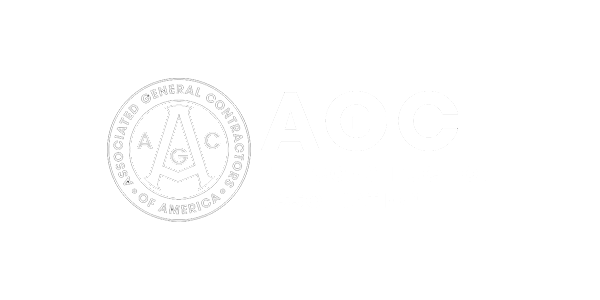Lien waivers are an essential part of construction projects. However, not all lien waiver forms are created equal across the country. There are 12 states that require statutory regulated lien waiver forms, while the rest remain unregulated. Unregulated forms can be misleading due to variations in language used. That’s why we’ve created a detailed list of regulations you should follow.
With lien waiver management software, like GCPay, you can easily abide by any state regulations while also efficiently managing payments. Below, we’ll unpack the rules and regulations for each lien waiver form by state. While we have thoroughly researched what is required by each state, consult a lawyer for the exact requirements for your state, or contact the AIA.
According to the GCPay Construction Industry Report, 63% of general contractors have chosen to automate their lien waiver process since 2020. To discover what else has changed in the construction industry, read our industry report.
What To Do When Crossing State Lines
When working on projects that cross state lines it is best to find out if the state has regulated or unregulated forms. There are only 12 states that are regulated and even they have varying degrees of how closely they are regulated. When completing a job in a state where waivers are regulated, best practice is to use state-supplied forms and copy them word for word into your GCPay template.
If you are in an unregulated state, it is best to have a standard waiver on hand. Check the language used throughout the form to make sure nothing is unknowingly signed away. If in doubt, contact your lawyer or the AIA for guidance.
For ease of reference, we have listed the states alphabetically.
| State name | Requirements |
|---|---|
| Alabama |
|
| Alaska |
|
| Arizona* |
|
| Arkansas |
|
| California* |
|
| Colorado |
|
| Connecticut |
|
| Delaware |
|
| Florida* |
|
| Georgia* |
|
| Hawaii |
|
| Idaho |
|
| Illinois |
|
| Indiana |
|
| Iowa |
|
| Kansas |
|
| Kentucky |
|
| Louisiana |
|
| Maine |
|
| Maryland |
|
| Massachusetts* |
|
| Michigan* |
|
| Minnesota |
|
| Mississippi* |
|
| Missouri* |
|
| Montana |
|
| Nevada* |
|
| Nebraska |
|
| New Hampshire |
|
| New Jersey |
|
| New Mexico |
|
| New York |
|
| North Carolina |
|
| North Dakota |
|
| Ohio |
|
| Oklahoma |
|
| Oregon |
|
| Pennsylvania |
|
| Rhode Island |
|
| South Carolina |
|
| South Dakota |
|
| Tennessee |
|
| Texas* |
|
| Utah* |
|
| Vermont |
|
| Virginia |
|
| Washington |
|
| Washington DC |
|
| West Virginia |
|
| Wisconsin |
|
| Wyoming* |
|
How Lien Waiver Software Can Make Forms Easier
Managing and standardizing lien waivers can be a challenge for your company. With so many contractors and rules, it’s best to make use of lien waiver software, like GCPay.
As GCPay can easily integrate with your current ERP software and existing templates, you’ll easily be able to create new customized waivers, sign forms with a click of a button, and exchange waivers electronically. When creating your digital waiver template, you’ll be provided with 80+ subfields that are bound to meet the requirements of any state, while also meeting your own. GCPay also offers digital notarization, allowing you to meet state requirements without leaving your desk.
With 12 regulated states and 3 that require notarization, lien waivers can become overwhelming — that’s why it’s helpful to have a partner in lien waiver software.
See how GCPay can help you automate lien waiver management. Get started today.








